Welding plays a crucial role in metal fabrication, yet it’s a process that comes with its set of challenges. Imperfections can emerge without the right approach, leading to a myriad of welding complications. Below we delve into several prevalent welding difficulties and offer insights into rectifying them.
Undercut
Undercutting, a common welding defect, can arise from several factors, such as excessively high arc voltage or an overly long arc. Other contributors include improper electrode selection, incorrect welding angles, or utilizing an electrode that’s too large for the material’s thickness. Additionally, a too-rapid travel speed during welding can result in undercutting. To mitigate this issue, it’s essential to moderate the welding speed, carefully manage the weave’s extent, and ensure the electrode isn’t positioned too close to the vertical plate during a horizontal fillet weld. Furthermore, selecting an electrode size that matches the material thickness is critical to prevent excessive molten metal accumulation, which often leads to undercutting.
Porosity
Porosity in welding occurs when gases like nitrogen, oxygen, and hydrogen get absorbed into the molten weld pool and become entrapped within the weld metal as it solidifies. This problem can arise from various factors, including the presence of contaminants such as moisture, rust, grease, or paint on the plate edges. Insufficient gas shielding or welding over small air-filled gaps can also lead to porosity. To prevent this defect, several measures can be taken: ensure the re-baking of electrodes, use only fresh welding consumables, and maintain clean, dry plate edges before welding. Additionally, inspecting the welding torch for any leaks and verifying the proper torch-to-plate angle is crucial. Regular cleaning of the gas nozzle on the welding equipment is also effective in mitigating the risk of porosity.
Spatter
Spatter, the scattering of molten material droplets around the welding arc, is a common concern in gas metal arc welding (GMAW). This can result from excessively high welding currents, the use of incorrect polarity, or inadequate gas shielding. To minimize spatter, welders can implement several strategies: lowering the welding current and shortening the arc length are effective first steps. Adjusting the angle of the torch relative to the workpiece can also make a significant difference. It’s crucial to ensure the correct settings for polarity, the type of shielding gas used, and its flow rate. Additionally, keeping the gas nozzle clean plays a vital role in preventing spatter.
Deformation
Warping of metals during welding is often a result of improper cooling and contraction post-welding. This issue might arise from an unsuitable welding sequence, excessive use of thin weld beads, or a lack of adequate clamping prior to welding. To counteract warping, adopt a balanced welding approach by applying welds on both sides of the joint and initiating the weld from the center, progressing outwards in alternating directions. Employing a larger electrode and ensuring robust clamping can also mitigate deformation. Should warping start to manifest, adjusting the weld sequence and modifying the joint’s location can be beneficial. Moreover, reducing the number of weld passes can further diminish the likelihood of metal deformation.
Fusion
Incomplete root fusion and incomplete root penetration are welding defects that compromise the integrity of the weld. Incomplete root fusion refers to the failure of the weld material to fully merge with one side of the joint at its base, while incomplete root penetration describes a scenario where the weld does not extend fully through the joint, leaving unfused areas on both sides of the root region. These issues are particularly prevalent in welding methods that rely on consumable electrodes, such as MIG (Metal Inert Gas), MAG (Metal Active Gas), FCAW (Flux-Cored Arc Welding), MMA (Manual Metal Arc Welding), and SAW (Submerged Arc Welding), where the electrode material is automatically fed and consumed to create the weld.
Cracks
Welding cracks pose a significant challenge, as they can expand over time, compromising the structural integrity of the weld. Repairing a crack involves more than merely filling it with additional material; it necessitates grinding out the crack entirely and applying a new weld to rectify the flaw effectively. Therefore, it is far more efficient to prevent cracks from forming in the first place. Preventative measures include thorough preparation of the welding surfaces. This involves adequate grinding, cleaning, filing, and deburring of plate edges to ensure a snug fit. Additionally, evenly reheating both sides of the joint to the appropriate temperature is crucial for minimizing stress and avoiding cracks. Verifying the correct heat input prior to welding by testing your equipment’s settings can also play a key role in preventing the formation of cracks, ensuring a durable and reliable weld.
Slag Inclusions
Slag inclusions, a defect characterized by the entrapment of flux particles within the weld metal, hinder the weld’s full penetration and integrity. To avert this problem, ensuring that flux-coated consumables are in optimal condition is crucial. Additionally, fine-tuning the welding parameters, including the current, voltage, and arc length, to their ideal settings is essential for minimizing the risk of slag inclusions and achieving a clean, strong weld.
Brittle Welds
Brittle welds, which are prone to failure under stress, are a frequent challenge in welding. This issue often arises from using uncoated electrodes or choosing electrodes that are not the correct size for the job. To ensure the creation of welds with improved ductility and strength, it is advisable to utilize shielded arc electrodes. Additionally, moderating the welding current to avoid excess and employing multiple passes over the weld area can significantly enhance the resilience and durability of the welds.

